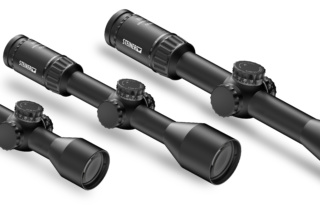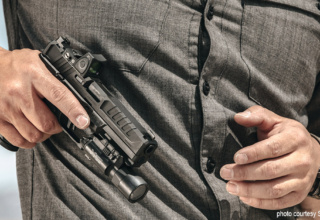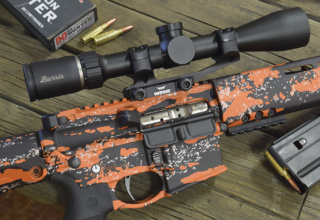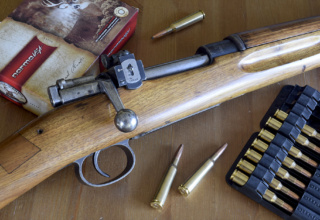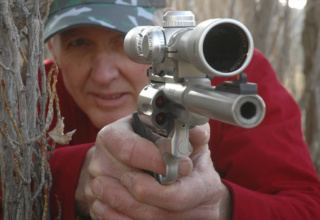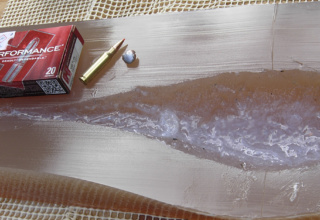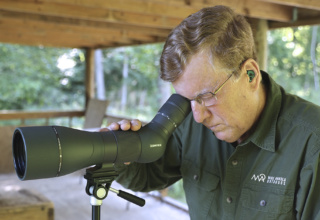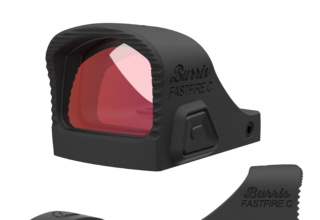Adjust it out, or you’ll be aiming at a target that’s not there. What? Your scope has no adjustment?
by Wayne van Zwoll
The man followed me to a tree. We peeked around it. Still there. “Shoot either,” I whispered. On sticks, he readied his Mauser. “Take your time.” The first deer sifted into a slot and paused. At the crash of the 7mm Magnum, it collapsed. “Good shot!”
But the hit wasn’t perfect. As we approached, the animal struggled to rise. The rifle barked again, and it lay still. The first bullet had struck a bit high and inches back from the shoulder crease. My hunter said: “Maybe I wobbled. Or jerked. Or the bullet deflected.” I gave a non-committal nod.
Many things can cause a shot to stray. Even parallax error.
You may recall holding your upright index finger at arm’s length, covering a distant object, then closing your left eye. If your right eye is dominant, the finger appears to remain still, but its “transparent shadow” vanishes. Close only your right eye, and the finger moves dramatically off the object to the right, again without the shadow. If you’re left-eye-dominant, these effects will be reversed.
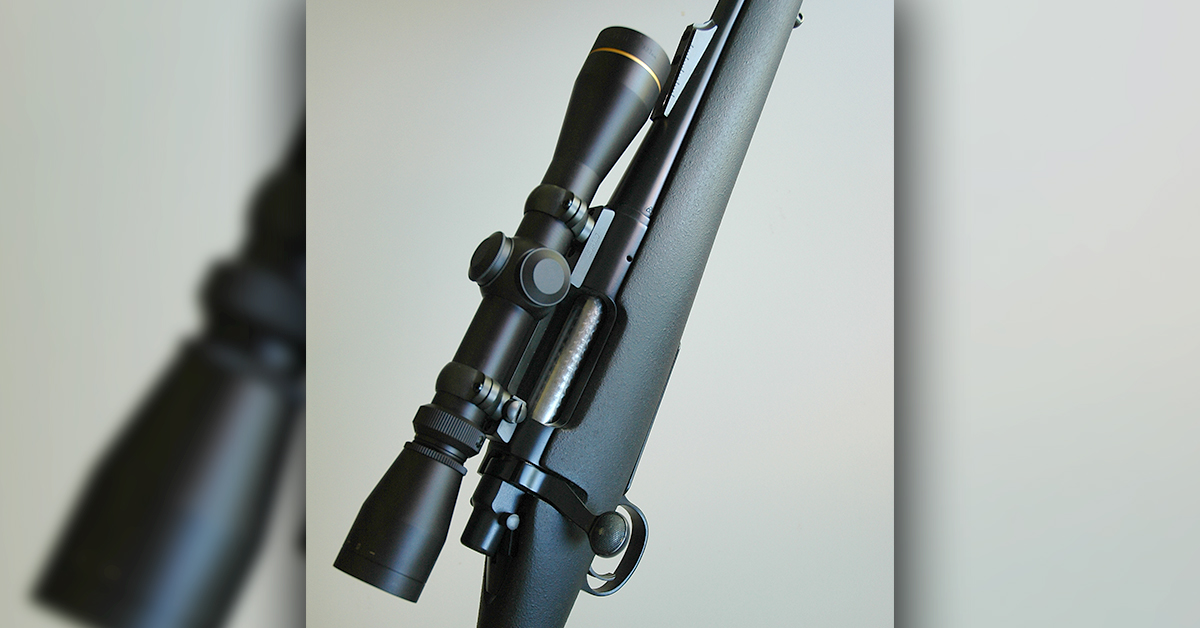
That finger can also illustrate parallax.
Simply defined, parallax is the apparent shift of an object against a fixed background, caused by a change in viewer perspective or position. It can be a problem for shooters if the scope reticle is the object.
Hold that finger upright again at arm’s length. With only your dominant eye open, cover a distant tree or power pole with that finger. Now turn your head slightly, left, then right. Your finger moves in the opposite direction. That’s parallax.

Now use your empty scoped rifle, snugged in sandbags. With your eye centered behind the scope, aim at a rock or some other small mark at least 250 yards away. Now move your head up and down, then side-to-side, then in a circle, as if tracing the rim of the ocular lens with your eye. You’ll see the crosswire move in relation to the target, though the rifle does not move. If you were holding the rifle, you’d aim by bringing the reticle onto the target. With your eye centered behind the scope, and assuming the rifle was zeroed for that range, your bullet would hit spot on. But if your eye is slightly misaligned with the scope’s optical axis, the reticle will only appear to center the target. In fact, it will be offset, as your eye position has shifted. Result: an errant shot.
Can’t parallax be eliminated by engineers designing the scope?
Yes and no.
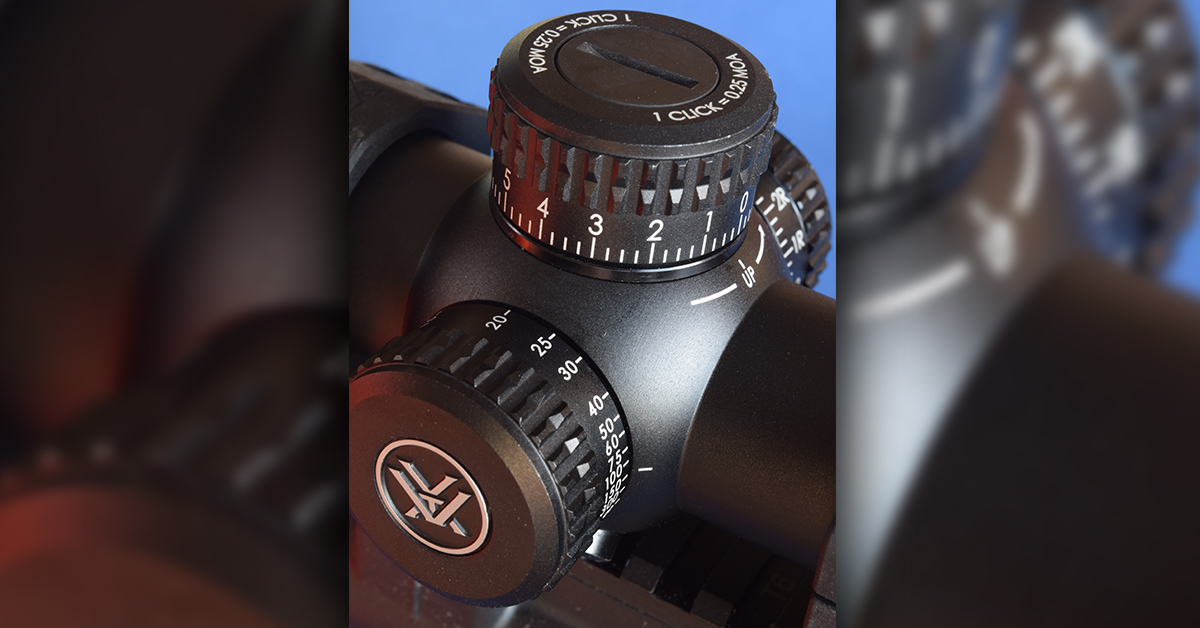
Unlike some optical challenges, parallax cannot be corrected by compound lenses. That’s because it’s a function of target distance, which varies. Only light through the center of a scope’s objective (front) lens travels in a straight line; other rays are bent (refracted) toward the scope’s axis, their paths set by lens curvature. All rays join at a focal point on a plane some measure behind the lens — the focal length of that lens. Then they diverge to enter the mid-tube erector assembly, which flips the upside-down target image right-side-up. Images formed by targets at various distances fall at different points along the scope’s axis between objective and erector glass. Righted images can also fall at different points near the convergence of light rays between the erector lenses and ocular (rear) lenses — the rear focal plane.
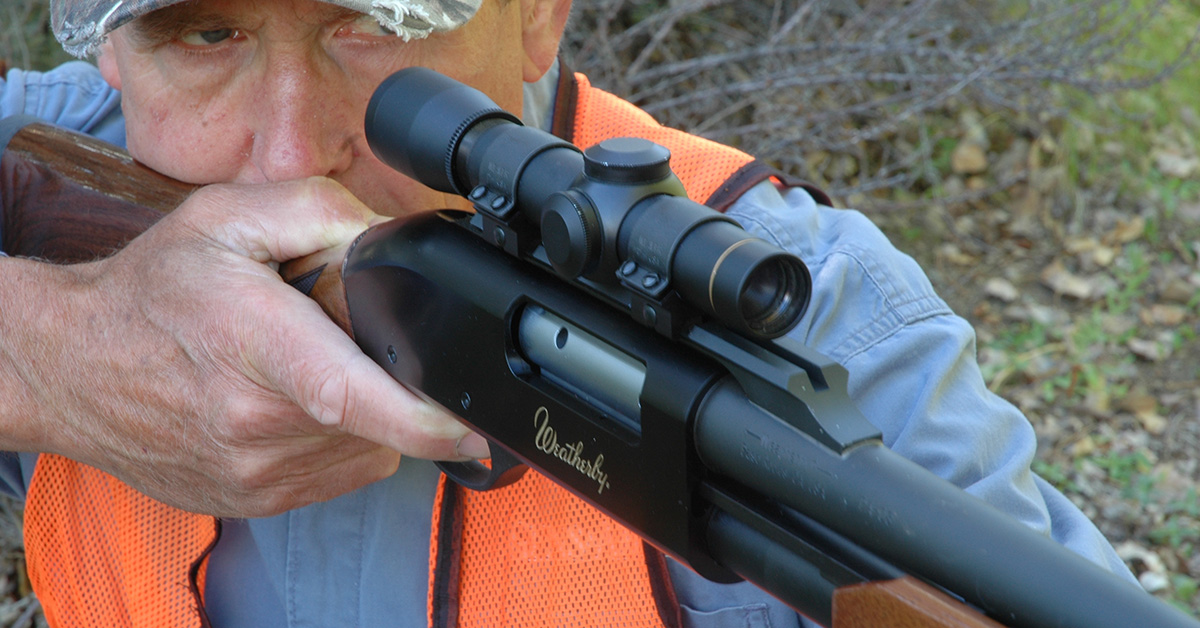
When the target image does not fall on a focal plane, it is not in perfect focus, and parallax error can occur. One target distance at which a focused image meets the reticle can be set in scope manufacture. Most scopes for hunting rifles are set for crisp focus and parallax-free aim at 100 or 150 yards. Scopes for rimfire rifles and shotguns with slugs are usually parallax-corrected at 50 or 75 yards.
While a fixed reticle can’t move to meet the convergence of light rays at different points on the scope’s axis, lenses can be moved to shift that convergence within the scope tube.
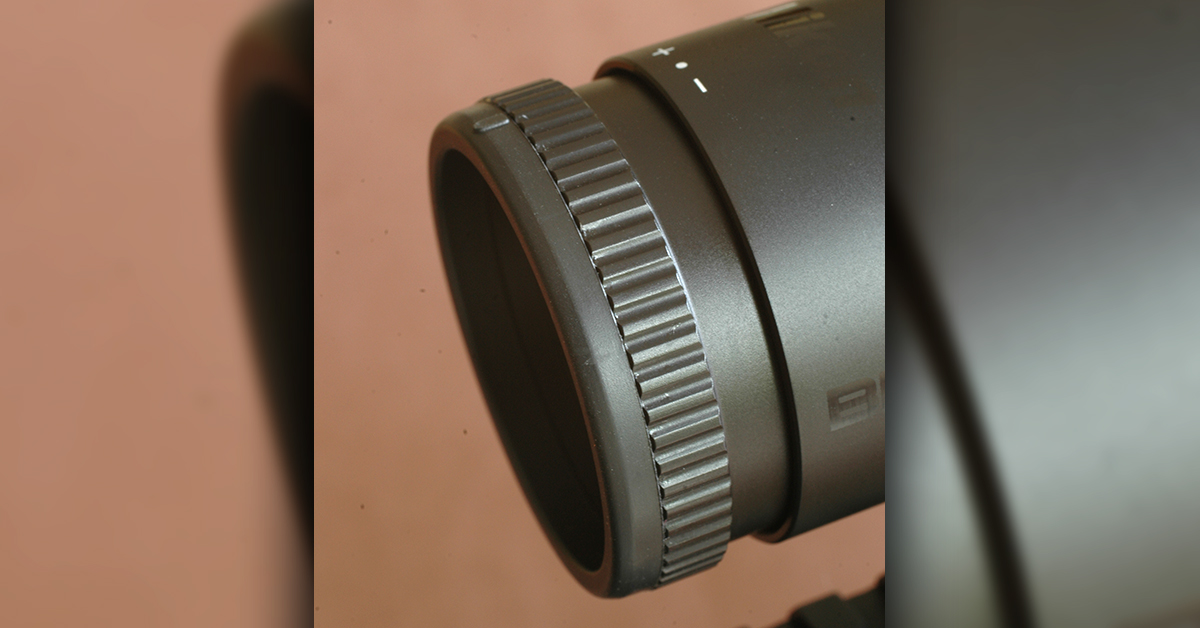
In my youth, the most common way to shift a focal plane in a scope was with a front sleeve that, when rotated, moved the objective lens in or out, closer to or farther from the erector assembly. The effect was to zero out parallax error and bring the target into sharp focus. Typically, an adjustable objective (AO) was installed on powerful scopes for target shooting. The feature soon took hold in varminting circles and among military snipers. An AO was less common on low- and mid-power scopes, as most such sights are used at modest ranges, where parallax error is minimal and of little consequence on the generous vitals of deer-size animals. Magnification shrinks the band of distances at which images seem sharp. Focused at 50 meters, my 20x Redfield target scope shows paper fibers on the rims of bullet holes; but at 100 yards with that focus setting, I’m peering through the bottom of a Coke bottle. An AO is essential on this sight, as each target must be sharply focused, parallax eliminated at each distance. In prone matches, the X-ring is very small, any aiming error anathema.
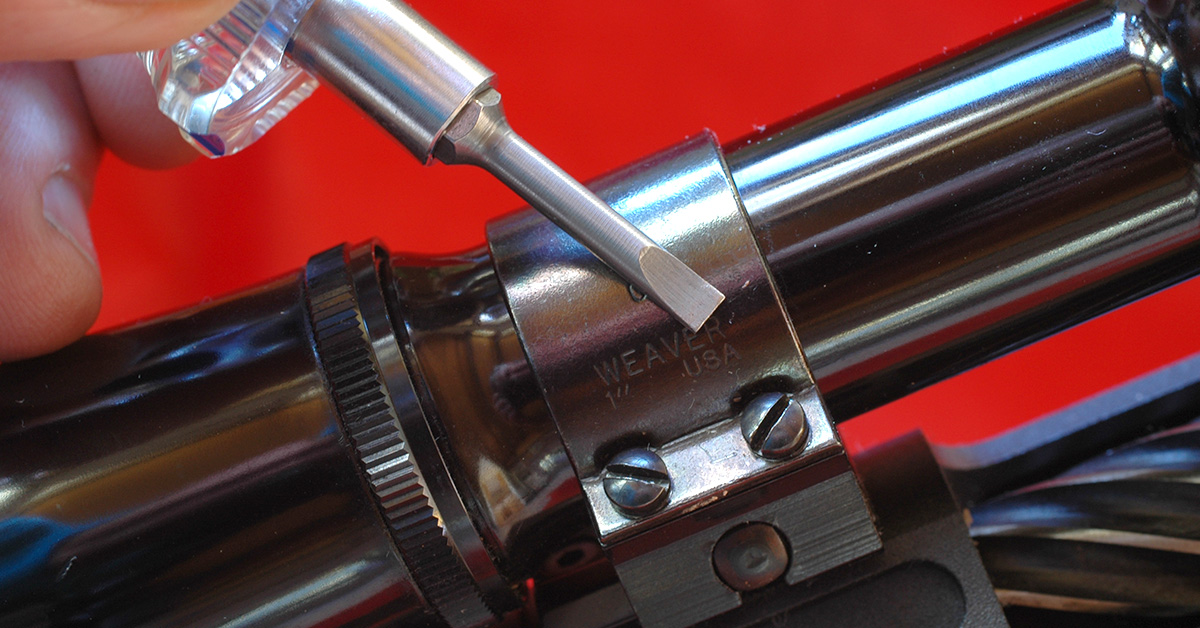
The AO sleeve has been supplanted of late by a left-side turret dial to focus targets and eliminate parallax. It does so by moving not the objective lens but the erector assembly. A mid-scope dial is easier to reach and adjust than is a sleeve at the far end of a long tube. Focus/parallax dials have become more common on high-power variable hunting scopes.
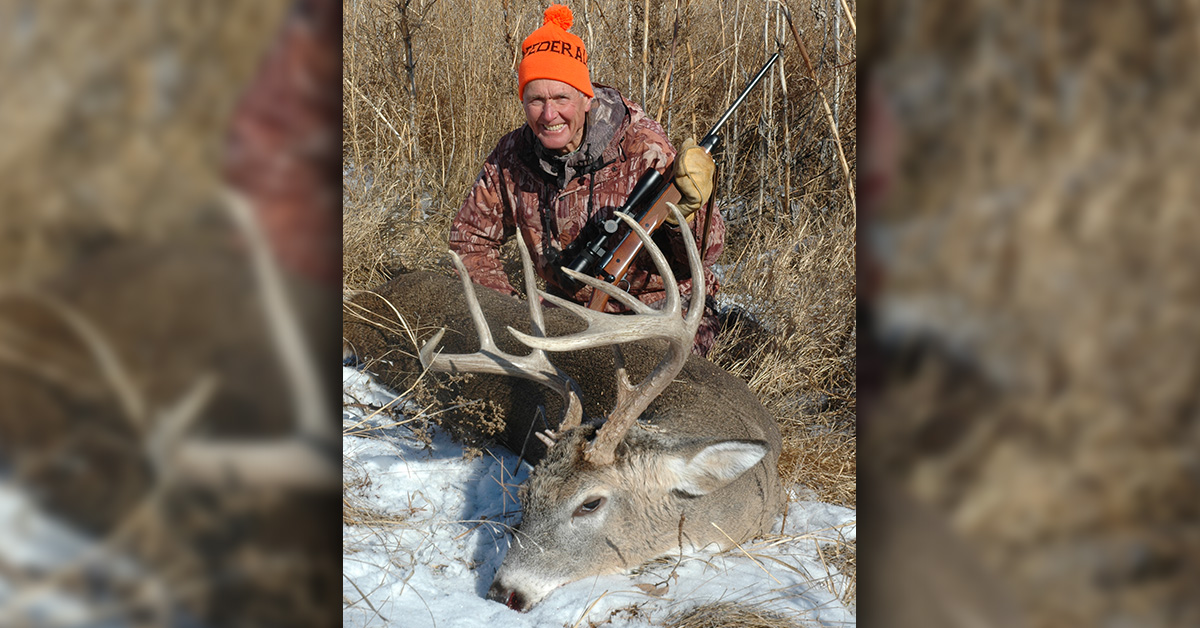
Clever engineers have equipped the Kahles K624i scope with a horizontal focus/parallax wheel on top of the turret. They placed the windage dial on the left side, where it’s easy to reach with your left hand as you aim prone over a rest. A reticle brightness dial, used less frequently, is on the right side. I’ve used this 6-24×56 scope on a long-range steel-target rifle and found its controls most sensible.
By the way, parallax-correcting sleeves and dials aren’t range-finders! Don’t assume that dialing to a known yardage will give you a tack-sharp definition there. Or that a crisp image at a 150-yard setting means your target is exactly 150 yards off. Not all scales are precisely marked; not all eyes are the same.
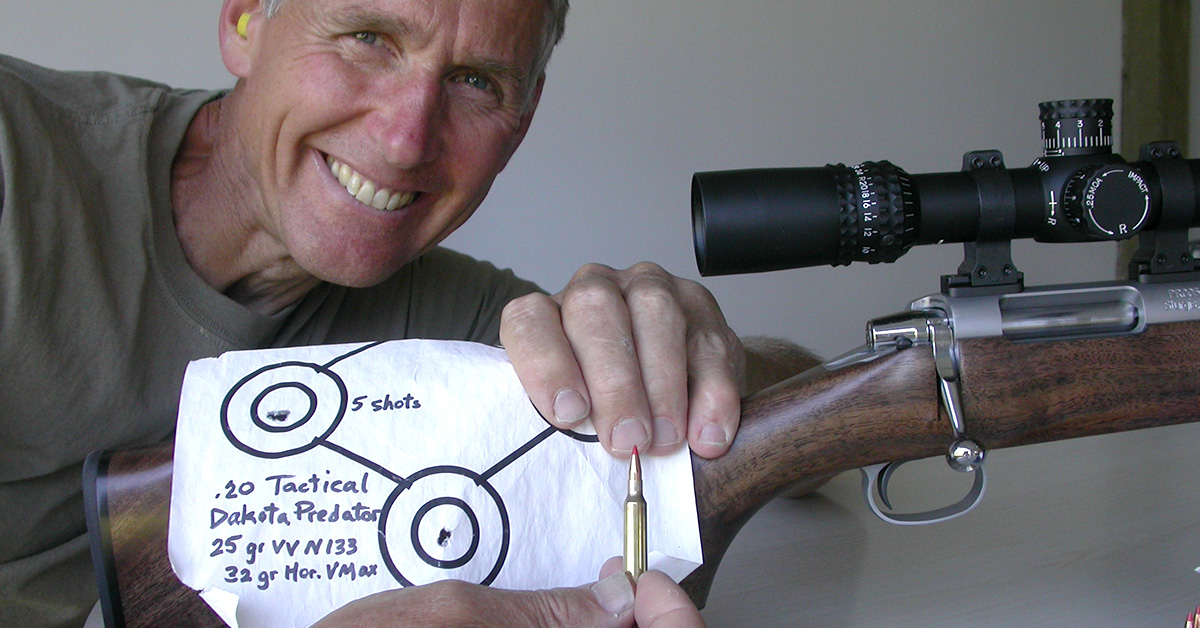
You might ask why telescopes and spotting scopes can be adjusted for image focus with rings or dials near the ocular lens, but to focus a rifle scope you must reach forward. The reason: a rifle scope has a reticle that must be a measured distance from the ocular lens. Moving the ocular lens to focus the target, you’d have to move the reticle in tandem to keep it in focus. I’m told this shift would be hard to engineer without introducing tolerances in reticle placement that could impair accuracy.
The eyepiece or ocular housing — on fine threads, secured with a lock-ring or riding “fast-focus” helical threads without lock — affects neither parallax nor target focus. Moving the eyepiece in and out brings the reticle into focus. It’s the first adjustment to make after you attach a scope to your rifle. Before you look at a target through that glass, spin the eyepiece all the way in and point the rifle toward a blank section of sky, away from the sun. You don’t want to focus on an object, which your eye will try to do if one appears in the field of view. Next, close your eyes, then quickly open them to look through the scope. The reticle should appear blurry. Turn the eyepiece out until the reticle becomes sharp. Close your eyes to rest them, then repeat to refine the setting. Repeat again. When at first glance the reticle always comes razor-sharp against the sky, you’re finished. Snug the lock ring, if present. The reticle will now appear crisp to you against any target, no matter its distance. No need to re-visit the eyepiece until your vision changes with age.
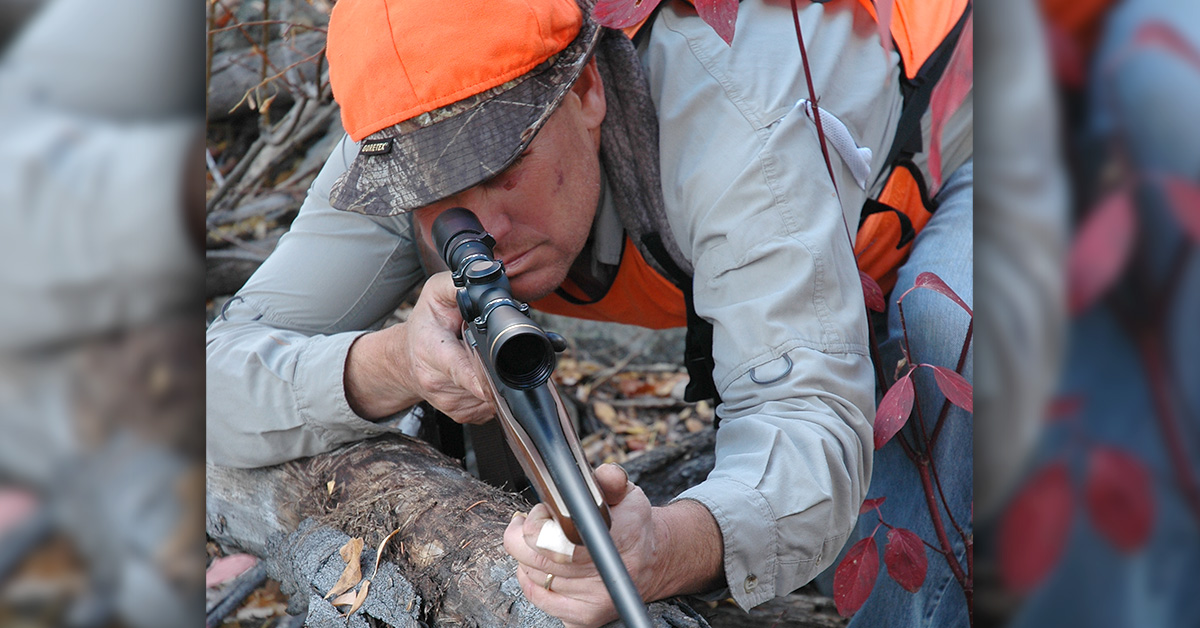
Strange as it may seem, many hunters have never adjusted reticle focus. These unfortunates are forever doomed to blurred reticles, which can be just as crippling to fine aim as are blurred target images!
While all modern scopes have movable eyepieces, only high-power sights feature AO sleeves or focus/parallax dials on the turret. Wouldn’t even low- and mid-range variables — also fixed-power 2 ½x and 4x sights — benefit from such adjustments? Theoretically, yes. As in binoculars, there’s no ideal lens placement in rifle scopes. Scopes without target-focus adjustment aren’t perfectly focused for all shots; they just deliver acceptable focus over most practical shot distances. Focal lengths of low-power sights are shorter than focal lengths of target scopes. The same optical principles apply, but image “fuzziness” and parallax error are negligible, if even perceptible. They don’t warrant the added cost, complexity, and bulk of lens adjustments. A 2 ½x or 3x scope yields clear, sharp sight pictures from a few feet to infinity. A sampling of scopes in my rack shows 4x magnification is useful down to about 10 yards, 6x as close as 15. Even with “dangerous game” scopes, targets 500 yards off appear as sharp as those at 100 or 150.

“My scope has parallax.”
Shooters have blamed this optical phenomenon for all manner of ills. “Many scopes returned for repair have nothing wrong,” confided a service representative at Leupold. “In fact, the alleged problem may have nothing to do with optics. Shooters have installed the wrong mount. Our front bases for Winchester 70s and Remington 700s have the same hole spacing — but they differ by .020 in thickness. Or, a customer will assume rifles of the same model are identical. After I switched one scope from its rifle to another just like it, impact moved 2 feet! A half degree of slope in a receiver is 30 MOA at the target!”
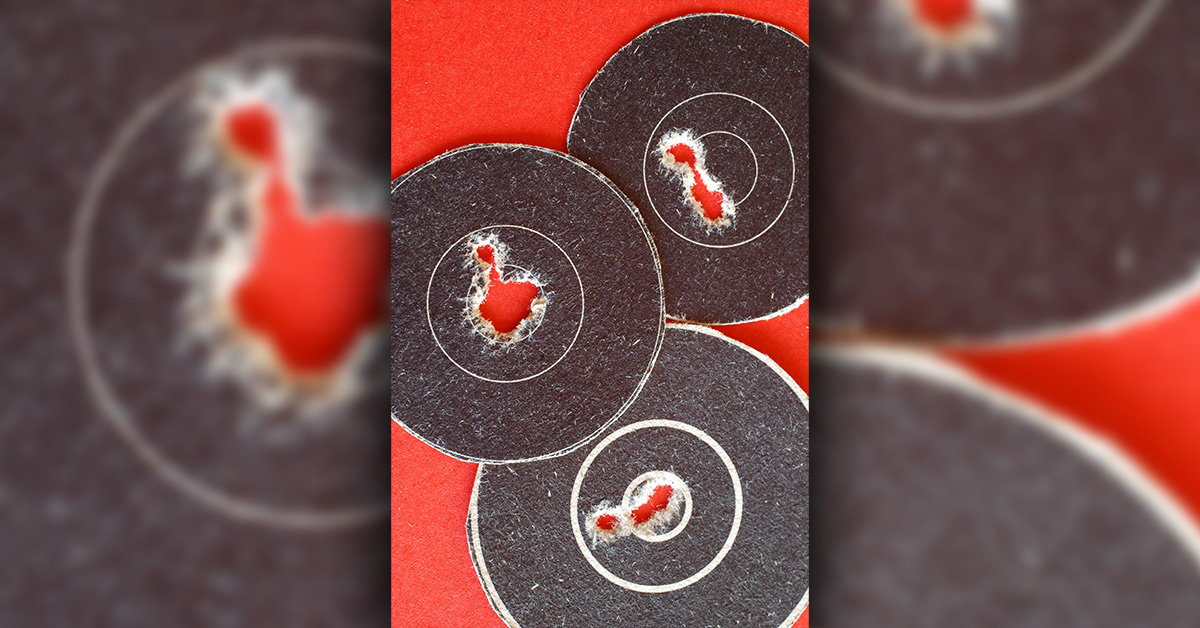
Engineers tell me parallax can appear in any scope, but the more that’s demanded of a scope, the harder it is to avoid or correct optical problems. “Wide power ranges invite error,” said one fellow, after decades designing and trouble-shooting scopes. “Aberrations can pop up as each lens works harder.” Tolerances must be tighter, too. “Figure half a thousandth for erector cams. It’s hard to maintain sharp focus and control parallax in an eight-times power range.”
Point-of-impact shift, by the way, has also been laid to power changes in variable scopes. I once ran trials to see if the allegations were justified. I used 27 scopes with rear-plane reticles, as magnification change in front-plane scopes can’t move point of impact. I found no measurable shift in 17 scopes. Eight showed a shift of less than 1 MOA, low power to high. None moved point of impact more than 1 ½ MOA.
Oddly enough, your rifle stock and shooting position, while not affecting target focus, can impose parallax error as easily as an AO sleeve or a dial can eliminate it! Aligning your eye on the scope’s optical axis is easy at the bench, but if the stock’s comb is so high or thick that you must consciously press your face into it — or so low or thin that your head has no support — your eye may not find the scope’s axis for a quick shot afield. Ditto if you’re firing at game from a strained position, as on a steep slope, or around a tree or a boulder, or sprawled prone with the muzzle elevated.
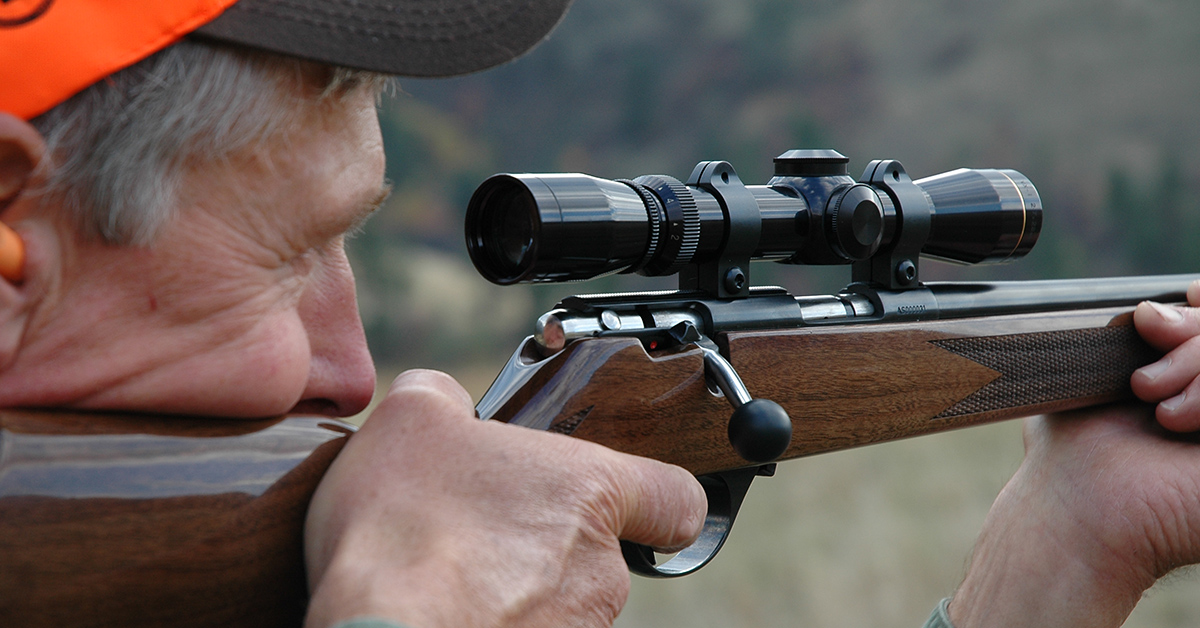
To sum up: Parallax error occurs if you move your eye off the scope’s optical axis and the target image inside your scope falls in front of or behind the reticle. There’s no error when your eye is centered behind the scope, no matter the target distance, or when target image and reticle fall on the same plane — when the target is at “zero parallax” distance from the scope.
You won’t be thinking of parallax when a whitetail buck ghosts into a slot, or a bull elk crashes through the ’poles on his way to gone. That’s OK. All you must do is look through the middle of the sight and squeeze. But now you know why.


